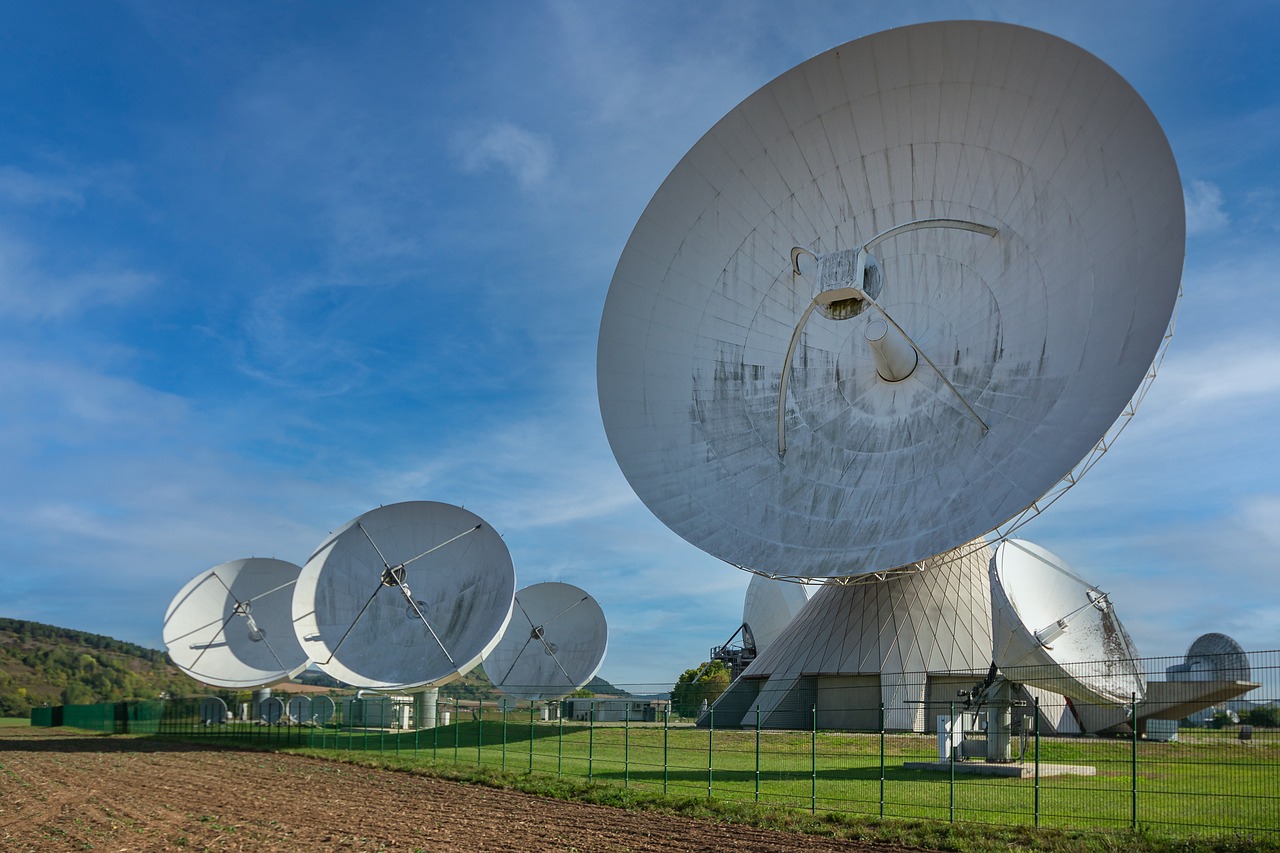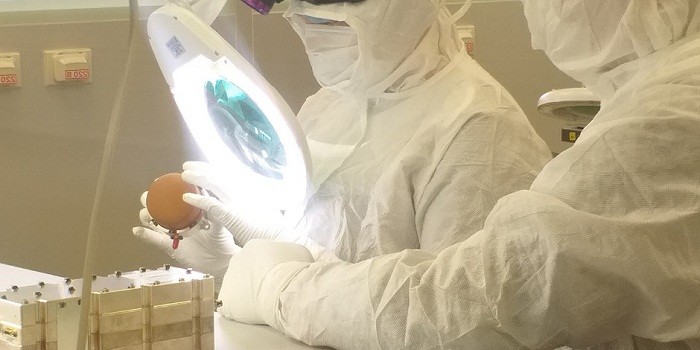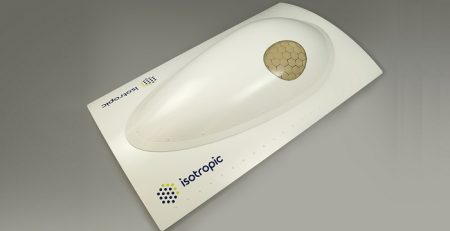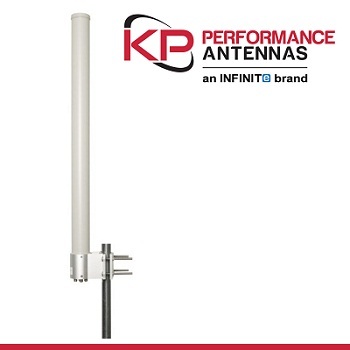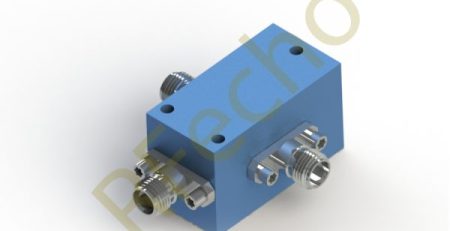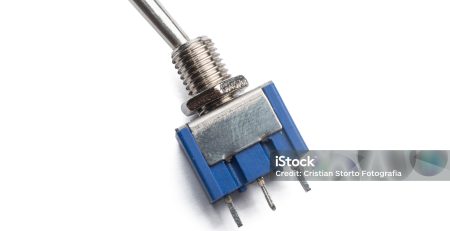What is an Attenuator Understanding Its Key Purpose
An attenuator plays a crucial role in numerous electronic systems, aimed at lowering the power level of a signal while maintaining its waveform integrity. Essentially, an attenuator’s main function is to diminish the amplitude of a signal within an electronic circuit. This reduction occurs through the transformation of electrical energy into heat, allowing for accurate control over signal levels across various applications.
Understanding the Basics of an Attenuator
Definition and Function of an Attenuator
An attenuator is a device used to reduce the strength of a signal, whether it’s electrical, optical, or acoustic. The purpose is to manage signal levels to ensure they remain within the range suitable for various components in a system. It operates by absorbing some of the signal’s energy, thereby lowering the signal’s amplitude proportionally. This capability is crucial in preventing signal overloads and maintaining optimal performance throughout the signal chain.
RFecho is expert in the high-performance antenna design and development, from low frequencies up to THz frequencies. Our capabilities in the design of antennas are: standard gain horns, reflector antennas, CATR (Compact Antenna Test Range) feeds, antenna arrays, corrugated horns, ridged horns, near field probes, planar antennas microwave frequency band antennas, orthogonal mode couplers, polarizers, rotary joints, polarization duplexers, duplexers, angle trackers and custom solutions.
Passive products mainly include various frequency bands, various forms of filters, power dividers, couplers, wave conversion, load, waveguide components, etc. Active products consist of low noise amplifiers, power amplifiers, phase shifters, etc. The company has outstanding advantages in designing products with high power, high integration, high difficulty, and special needs. Products related to remote control, telemetry, electronic countermeasures, electronic reconnaissance and data communications, satellite positioning, radar and other fields.
Different Types of Attenuators
There are several types of attenuators, each catering to specific requirements based on their functional characteristics.
Fixed Attenuators
Fixed attenuators have a set attenuation level, meaning they provide a constant reduction in signal strength. These are widely used in applications where a static reduction is needed, such as in test measurements and calibrating signal generators. Their design simplicity ensures low insertion loss and stable performance over time.
Variable Attenuators
Variable attenuators provide the ability to adjust attenuation levels, enabling users to modify the amount of attenuation according to their requirements. This adaptability is beneficial for applications needing different signal levels, such as in laboratory testing or while fine-tuning electronic equipment. They generally employ either a mechanical or electronic mechanism to change the attenuation, offering accurate control over the signal strength.
Step Attenuators
Step attenuators provide discrete levels of attenuation, usually in fixed increments. They combine elements of both fixed and variable attenuators, enabling users to select from multiple predefined attenuation settings. Step attenuators are particularly useful in scenarios where repeatable and accurate settings are necessary, like in communication systems and broadcasting equipment.
Key Purposes and Applications of Attenuators
Signal Reduction and Control
One of the primary purposes of an attenuator is to reduce the amplitude of a signal to match the input level of subsequent devices within a system. This is crucial in preventing signal distortion, which can occur when a signal is too strong for the receiving equipment. By controlling the signal levels, attenuators help maintain the integrity of the signal’s quality and ensure smooth operation across different stages of electronic circuits.
Impedance Matching
Attenuators also play a vital role in impedance matching, which is essential for maximizing signal transfer and minimizing reflection in transmission lines. By adjusting the impedance levels between different circuit components, attenuators ensure that the signal passes through with minimal loss and distortion. Proper impedance matching is vital in achieving efficient and reliable signal transmission, particularly in high-frequency applications.
Protecting Sensitive Equipment
Beyond just signal reduction and impedance matching, attenuators play a crucial role in safeguarding sensitive electronic components from the potential harm of high signal levels. Excessive signals can overwhelm delicate equipment, resulting in irreversible damage or diminished performance. Attenuators mitigate this risk by reducing the signal to safer levels, thereby enhancing the durability and ensuring the consistent functionality of the equipment.
Common Industries and Use-Cases for Attenuators
Telecommunications
In the telecommunications industry, attenuators are critical for controlling the signal levels in various communication networks. They are used in fiber optic systems, satellite communications, and wireless networks to ensure that signals are transmitted at appropriate levels. This prevents overload and maintains the clarity and quality of voice and data transmission.
Broadcasting
The broadcasting industry relies heavily on attenuators to manage signal strength in radio and television transmission. By precisely controlling the signal levels, broadcasters can deliver clear and consistent audio and video signals to their audience. Whether in professional studios or field broadcasting, attenuators play a crucial role in optimizing the performance of broadcasting equipment.
Military and Aerospace
In military and aerospace applications, attenuators are essential for managing signal levels in communication and radar systems. These systems require robust and reliable components that can operate under extreme conditions. Attenuators help ensure that signal levels remain within the required parameters, preventing interference and maintaining the effectiveness of critical communication and surveillance operations.
Grasping the various applications and principal purposes of attenuators emphasizes their importance in sustaining the performance and reliability of numerous electronic systems across different sectors. By proficiently controlling signal levels, attenuators aid in the efficient functioning and durability of delicate equipment, rendering them essential elements in contemporary electronic engineering.
Benefits of Using an Attenuator
Enhanced Signal Quality
One of the significant benefits of using an attenuator is the enhancement of signal quality. By reducing the amplitude of a signal to appropriate levels, attenuators prevent distortion and signal degradation, which can occur when the signal is too powerful for the receiving device. This control over signal levels ensures that the electronic systems operate within their optimal range, resulting in clearer and more accurate data transmission. Moreover, by maintaining the integrity of the signal throughout different stages of processing, attenuators contribute to the overall performance and reliability of communication systems.
Increased Equipment Longevity
Another primary benefit of employing attenuators is the increased longevity of electronic equipment. High signal levels can cause undue stress and potential damage to sensitive components. By using an attenuator, the signal is moderated to safer levels, thereby reducing the risk of overheating and physical wear. This protective function not only preserves the functionality of the equipment but also extends its operational lifespan. In high-stake environments such as telecommunications and aerospace, this extension in equipment life translates to significant cost savings and operational efficiency.
Factors to Consider When Choosing an Attenuator
Frequency Range
When selecting an attenuator, one crucial factor to evaluate is its frequency range. The frequency range determines the range of signal frequencies that the attenuator can effectively handle without compromising performance. Different applications require attenuators with specific frequency capabilities, so matching the attenuator‘s range to the application’s needs is essential. For instance, high-frequency applications such as RF communication or microwave systems necessitate attenuators capable of operating efficiently at those levels without introducing noise or loss.
Power Handling Capability
Considering the power handling capability is crucial when selecting an attenuator. This parameter specifies the highest power level that the attenuator can manage without failure or excessive heating. Various applications may require different power levels, so choosing an attenuator with suitable power handling ensures the device operates effectively under diverse conditions. An attenuator lacking adequate power handling might bottleneck the system, causing inefficiencies or potentially damaging the circuitry.
Type and Configuration
The type and configuration of the attenuator are also significant in ensuring that it meets the specific needs of an application. As discussed earlier, various types of attenuators—fixed, variable, and step—offer different functionalities. Choosing the right type requires understanding the required level of attenuation, whether a fixed reduction is sufficient, or if adjustable levels are necessary. Additionally, the physical and electrical configuration, such as connector types and compatibility with existing systems, must be considered to ensure seamless integration and optimal performance.
Summary: The Role of Attenuators in Modern Technology
In summary, attenuators are indispensable components in modern electronics, serving critical functions across diverse applications. By reducing signal amplitude, they enhance signal quality and prevent distortion, ensuring smooth and reliable communication. Attenuators also play a protective role by preventing damage to sensitive equipment and extending their operational lifespan. When selecting an attenuator, it is essential to consider factors such as frequency range, power handling capability, and the type and configuration required for specific applications. Their application spans various industries, including telecommunications, broadcasting, and military and aerospace, underscoring their importance in today’s technologically advanced environment.
Every detail of an attenuator, from its design to its application, contributes to the intricate balance within electronic systems. These components, while often understated, are foundational in managing and preserving the integrity of signals, thereby upholding the performance and reliability standards required in our digitized world.
RFecho has cooperated extensively with domestic and foreign customers including the Fortune 500 companies, universities and research institutions with its outstanding innovation capabilities. Their partners and trading partners include Cambridge University, Oxford University, Harvard University, Tsinghua University, Peking University, Facebook, Google, China Metrology Institute, Beijing University and other famous Chinese and foreign universities, technology companies, and scientific research institutions. Ocean Microwave has become their key partner. With decades of accumulation and experienced team, RFecho has become the most important distributor of many global RF companies.



